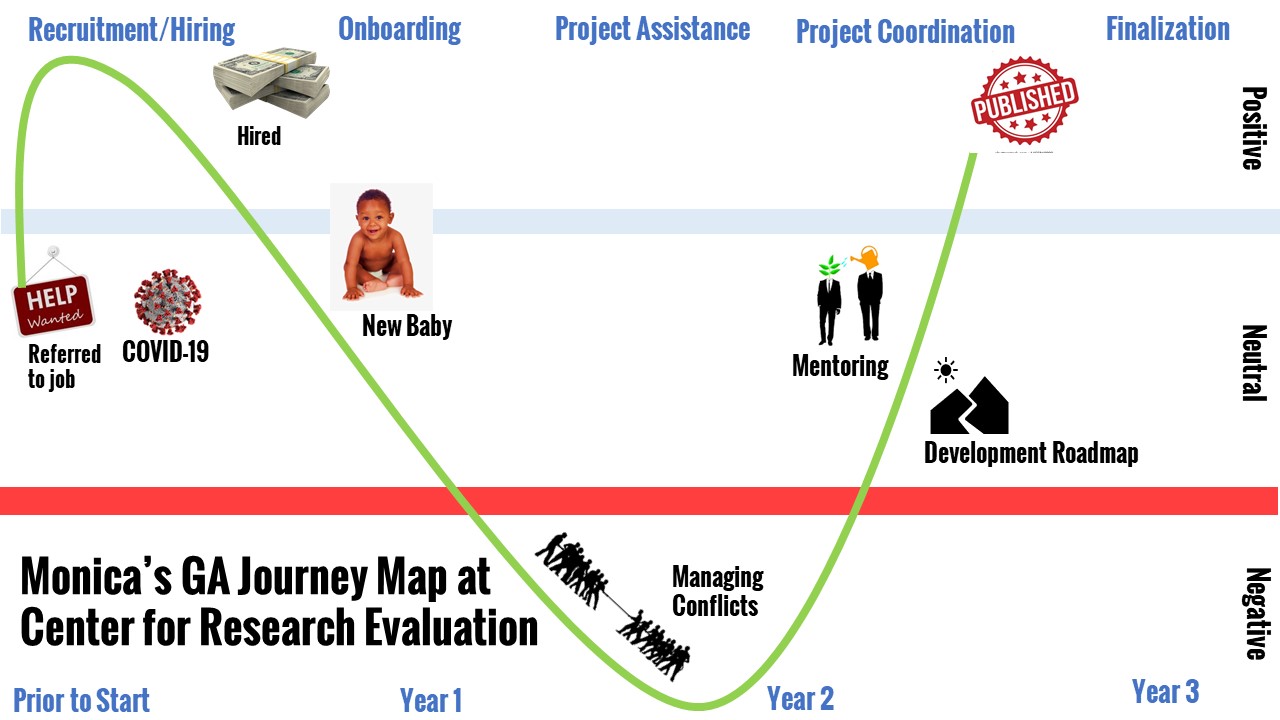
There’s no place like home: Three key levers to help students thrive in college
By: Sarah Mason and Jonathan Cox
As evaluators, we’re often asked to evaluate programs designed to help underrepresented minority students succeed in college. As we write this blog, there are—conservatively—more than $50 million in related grants available for those who do work in this domain.
Yet many program designers don’t capitalize on the substantial research (and evaluation!) written on this topic—in large part because there’s so much to read (and who has the time…)
We synthesized current research on how to help students thrive, and found three core levers program designers should consider.
Build community.
At one time or another, many of us have felt like we don’t quite belong. However, in the context of higher education, the feeling that we don’t quite fit may be one of the most critical barriers to success.
Research from Jones and colleagues shows that social and academic integration are some of the strongest predictors of persistence through a university degree.
Yet institutional cultures that subtly (or not-so-subtly) convey the message that you’re not a good fit, combined with a shortage of mentors and faculty from similar backgrounds can contribute to the perception that students don’t belong at the school or program.
If your program seeks to support students to succeed in college, first think through what you’re doing to build a sense of belonging and create a collective sense of community.
Consider practicalities.
One of the most common barriers to success in higher education is money: both the cost of attendance (tuition and living costs) and opportunity costs that come from having to work instead of taking part in extracurricular activities that help further progress towards completion.
Estrada and colleagues show that underrepresented minority students are “more likely to work, resulting in less time to study, do internships in research laboratories, participate in STEM organizations and attend summer STEM preparation programs.”
So, if you want your program to support underrepresented minority students thrive, make sure you’ve accounted for the costs—including the opportunity costs—that being part of your program might bring with it.
Harness existing cultural capital.
College success involves is more than just passing classes. In college, success is intricately tied to one’s identity—which in turn is shaped by things like the conversations people have with their parents; personal relationships; a parent’s occupation and educational experience; and the books people have read.
These experiences shape students’ perceptions of their ability to do well in school and succeed into their chosen career.
For those who design college success programs, consider how you’re incorporating students’ wider networks and how you are harnessing the value of their existing cultural capital.



